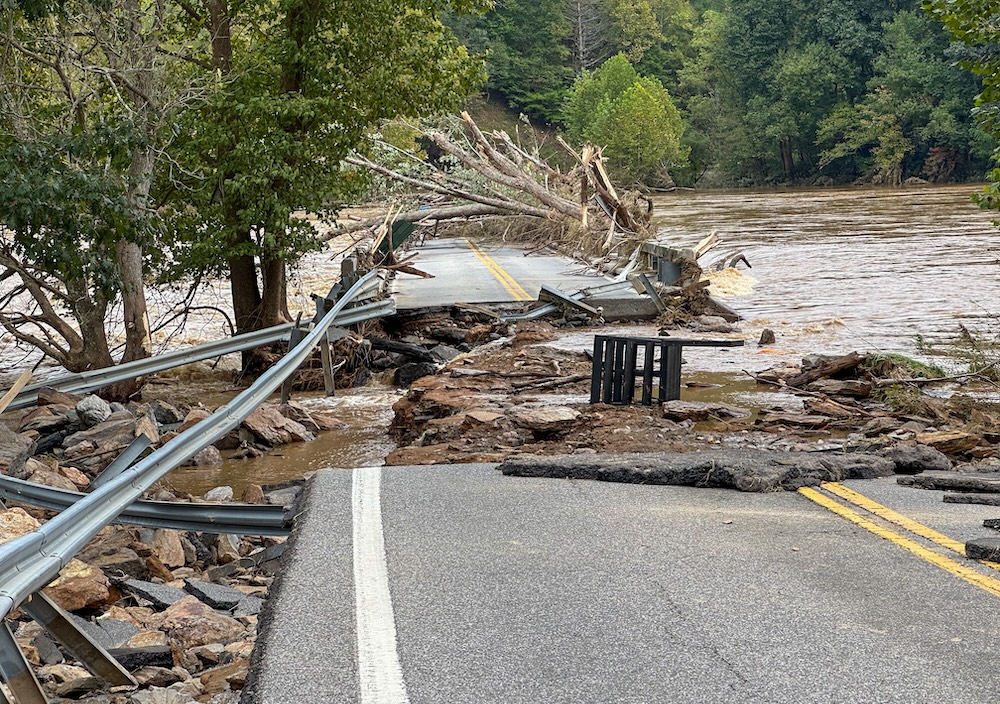In recent years, more households have opened renewal letters only to discover something shocking: their insurance company is pulling out. From wildfires in California to hurricanes in Florida and floods along the Gulf Coast, insurers are dropping policies or raising premiums so high that families can no longer afford coverage.
This isn’t just inconvenient — it’s existential. For many, homeowners insurance is required to keep a mortgage. For others, it’s the only financial shield against losing everything in a disaster. The hard truth is that climate change is redrawing the boundaries of insurability, and trust in insurance companies is collapsing with it.
Why Are Insurers Dropping Coverage?
Insurance companies rely on models to predict risk. But climate change has made risk unpredictable:
- Wildfires: In California, insurers argue that hotter, drier conditions make entire regions too costly to cover.
- Hurricanes: Florida’s premiums have surged, with some insurers exiting altogether.
- Floods: Along the Gulf Coast, rising seas and stronger storms have pushed insurers out of coastal markets.
When insurers determine that payouts outweigh profits, they retreat. This leaves households stranded, forced to scramble for alternatives.
What Are Your Options If Dropped?
- State-backed insurance pools
Many U.S. states offer “insurers of last resort.” California’s FAIR Plan or Florida’s Citizens Property Insurance provide coverage when private insurers won’t. These programs often cost more and cover less, but they may be the only option. - Parametric insurance
A newer form of coverage, parametric insurance pays out automatically when certain triggers are met (like wind speed or rainfall). It’s faster, but not yet widespread for homeowners. - Specialized insurers
Some companies are experimenting with resilience-linked coverage — rewarding homeowners who install fire-resistant roofs, elevate homes above flood levels, or use storm-proof materials. - Bundling with federal programs
In the U.S., flood insurance is often obtained through the National Flood Insurance Program (NFIP). It’s imperfect but sometimes the only way to fill the gap.
Can You Trust Insurers in High-Risk Zones?
This is the most pressing question. If insurers leave once, what’s to stop them from leaving again?
- Short-term trust: Insurers are for-profit companies. Their loyalty is to solvency and shareholders, not households. This makes long-term trust fragile.
- Regulation matters: Where governments enforce obligations (such as requiring participation in state pools or subsidizing coverage), insurers may be compelled to stay engaged.
- Resilience incentives: Some insurers now tie coverage to risk-reducing actions. While imperfect, this model at least aligns insurer and homeowner interests.
But the reality is sobering: insurance in disaster zones is less about trust and more about risk-sharing. Without systemic reform, households will remain vulnerable.
FAQs
Why is my insurance premium skyrocketing?
Because insurers are recalculating risk under climate change. If you live in a flood, fire, or hurricane zone, they factor in growing disaster frequency and severity.
What happens if no company will insure me?
State-backed insurance pools like California FAIR Plan or Florida Citizens are usually the fallback. Coverage may be expensive and limited.
Can I negotiate with insurers if I harden my home?
Sometimes. Installing fire-resistant roofing, elevating structures, or adding flood barriers can lower premiums, but insurers may still refuse coverage in extreme zones.
Should I trust my insurer long-term?
Trust is complicated. Insurers are businesses, not guarantees. It’s safer to assume policies may shift, and to stay aware of state or federal programs.
What’s the bigger solution?
Insurance reform, stronger regulation, and massive investment in climate adaptation. Without systemic resilience, households will remain at the mercy of both disasters and insurers.
Final Thoughts
For families in disaster-prone areas, the insurance crisis isn’t abstract — it’s personal. The system designed to provide security is faltering just as climate change intensifies.
Trusting insurers blindly is risky. Instead, households should stay informed about state-backed options, demand stronger regulation, and push for policies that link insurance to resilience rather than retreat.
Insurance should be a safety net, not a moving target. But without systemic change, millions of households risk being left unprotected.









Reader Interactions